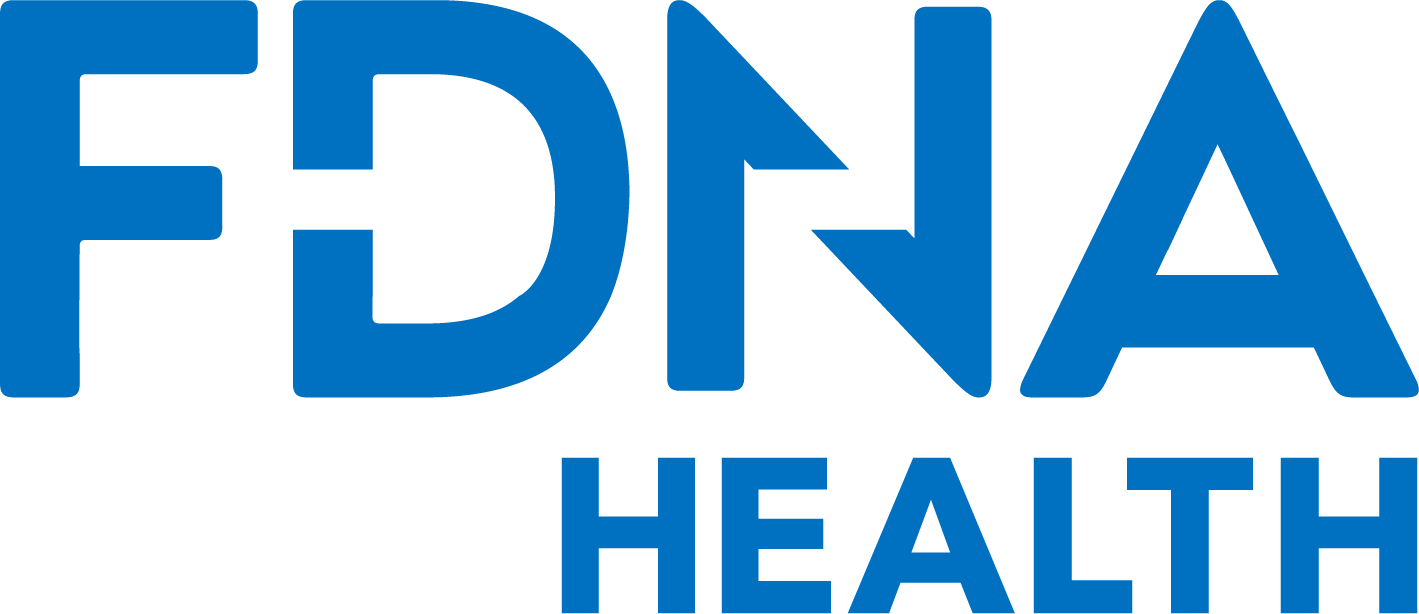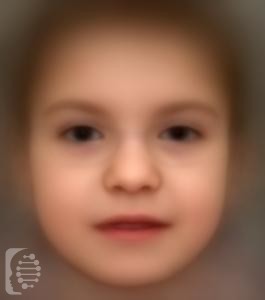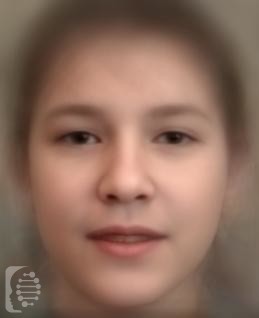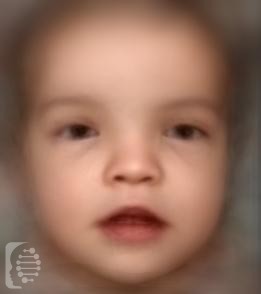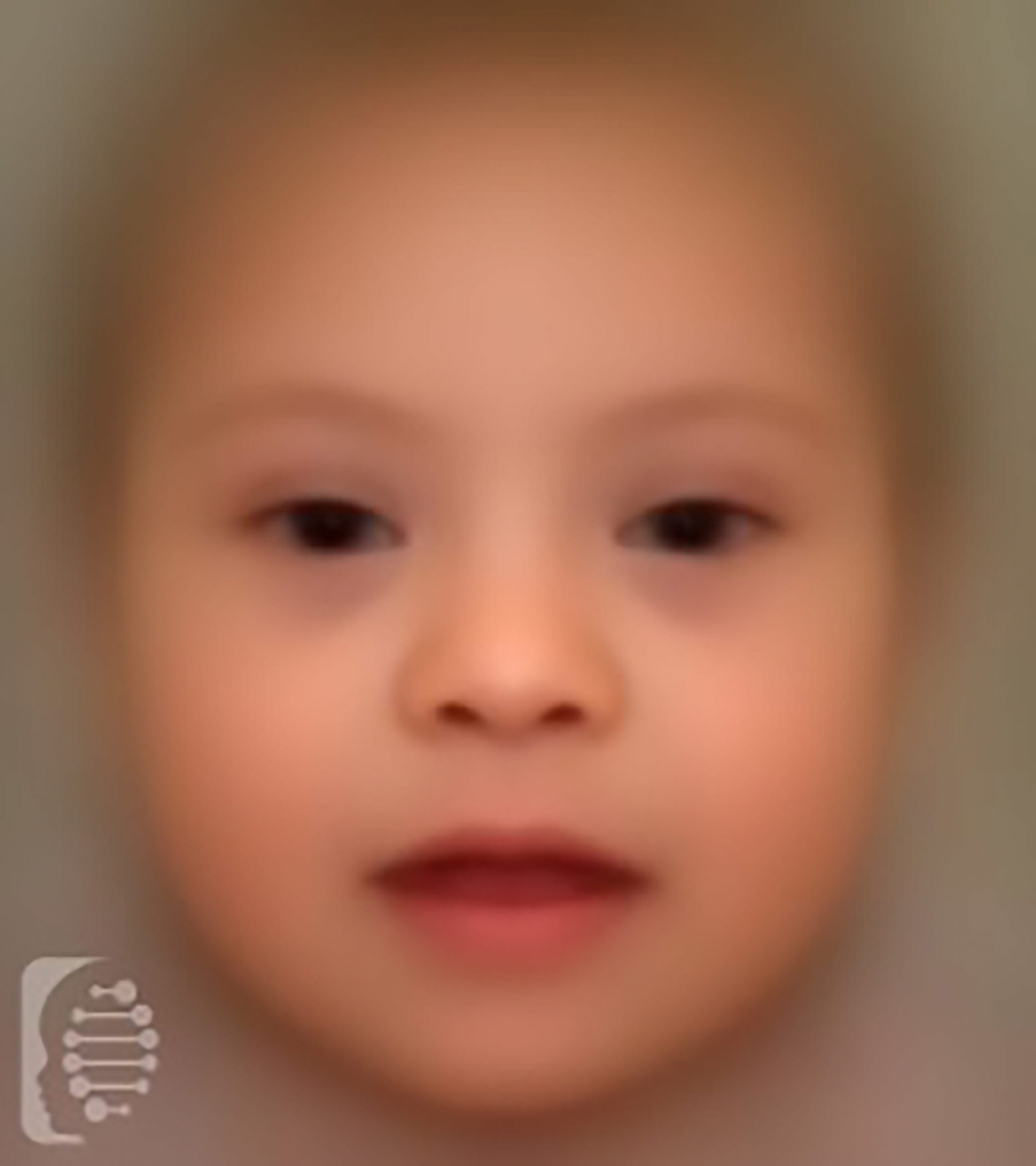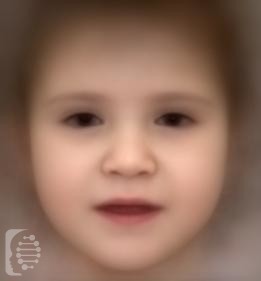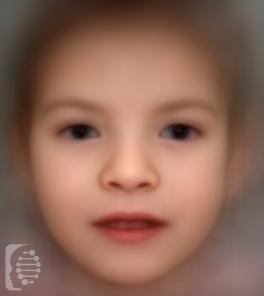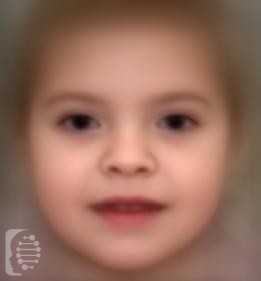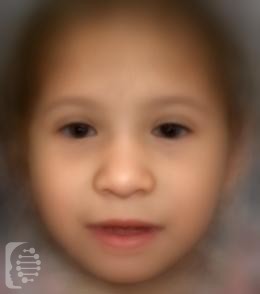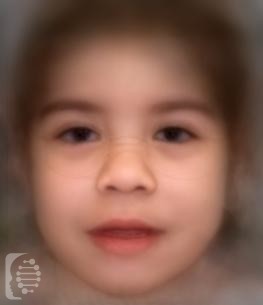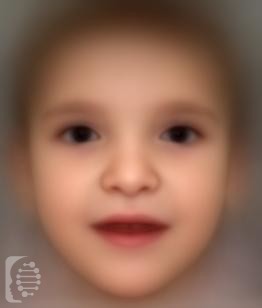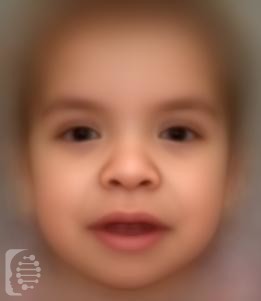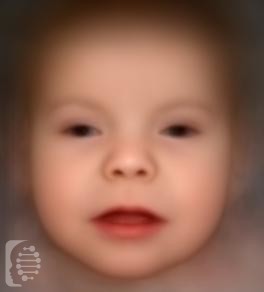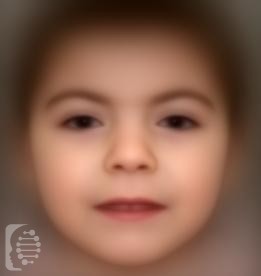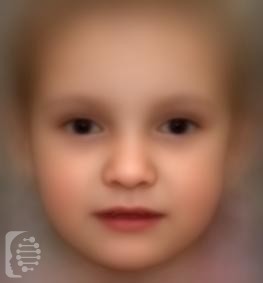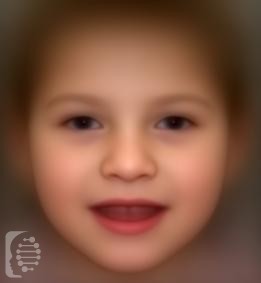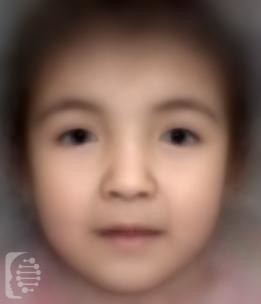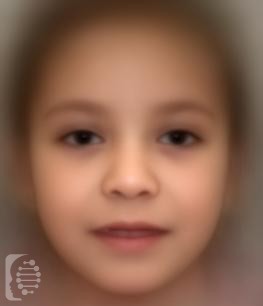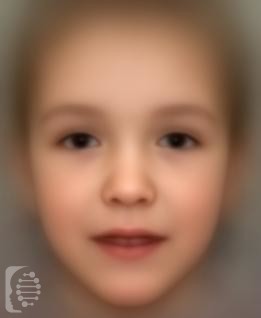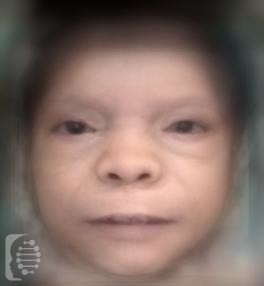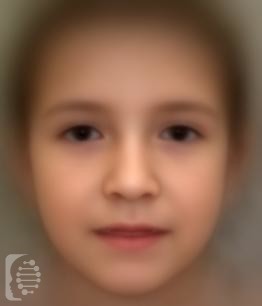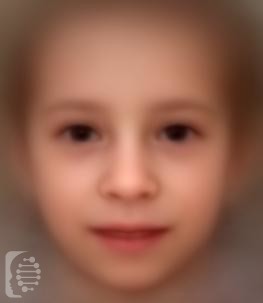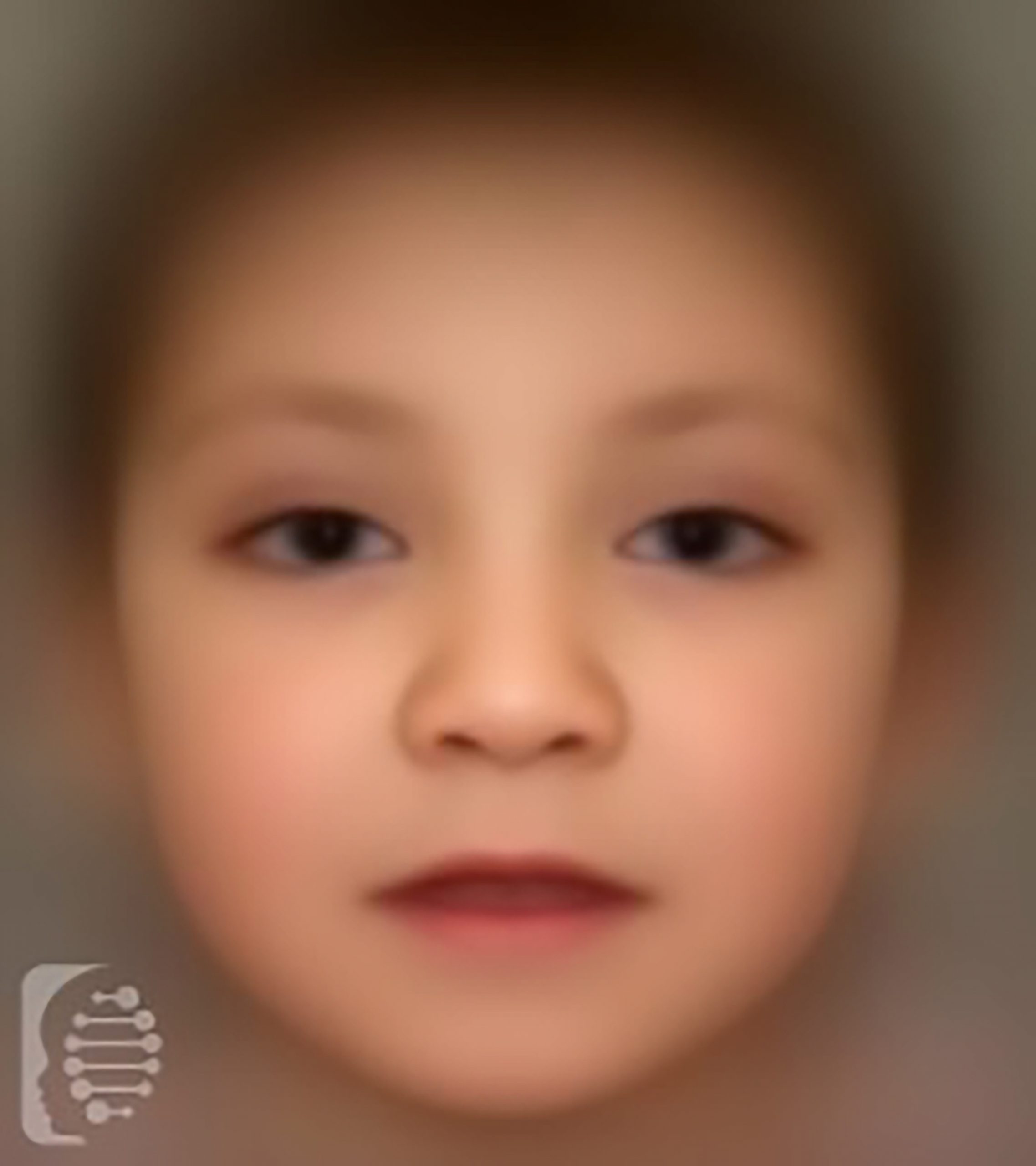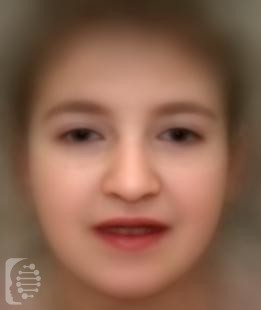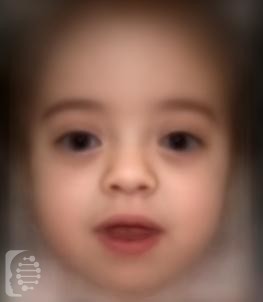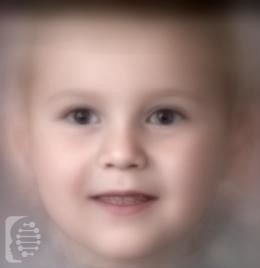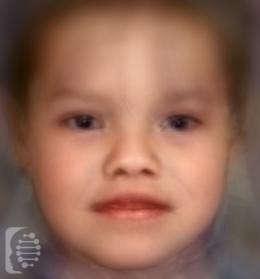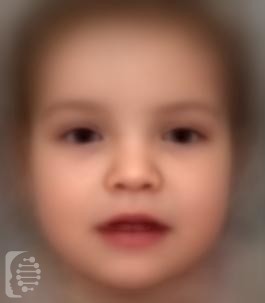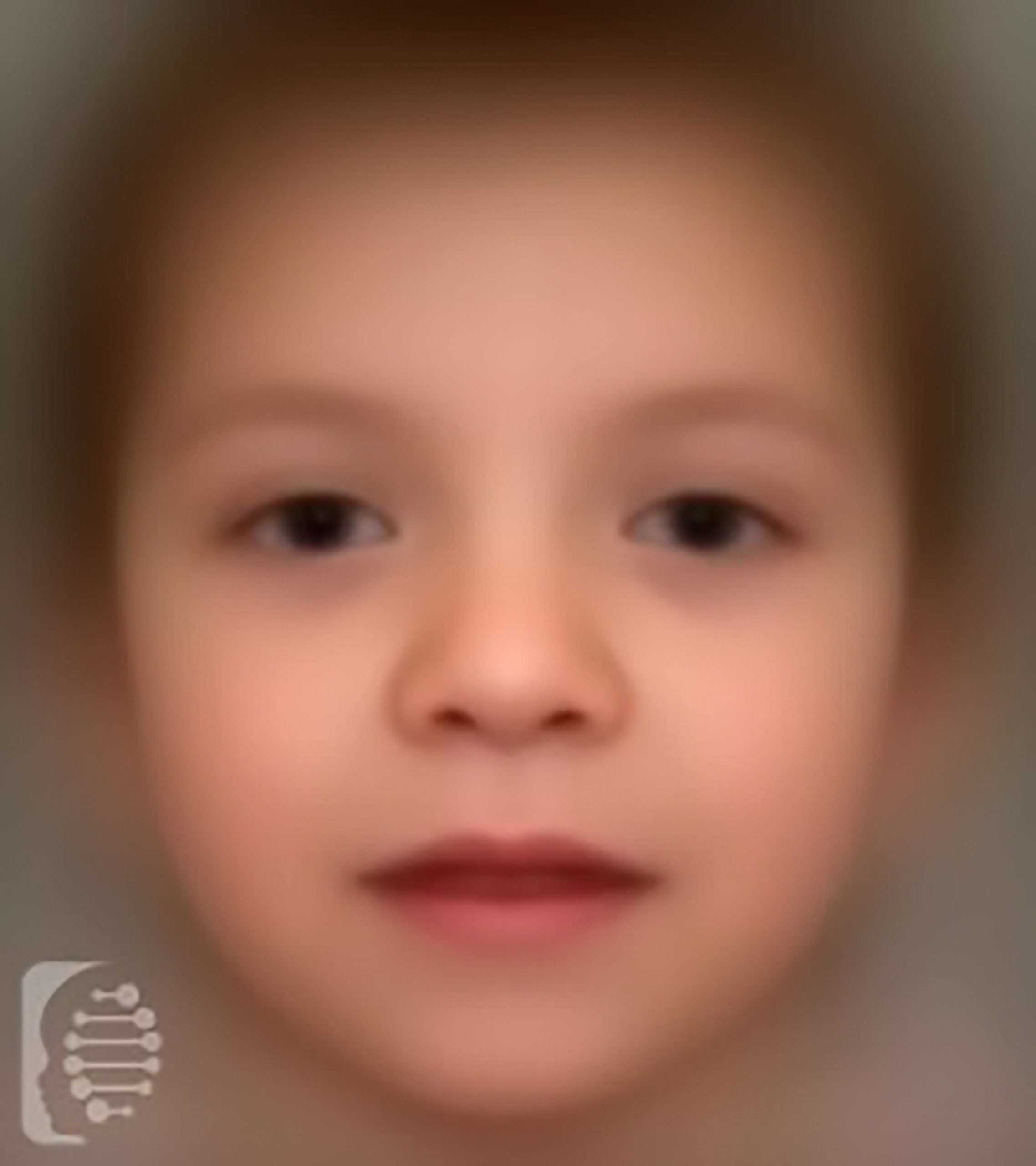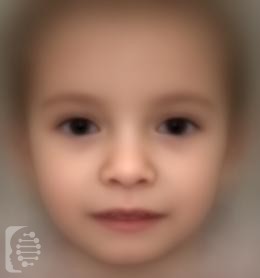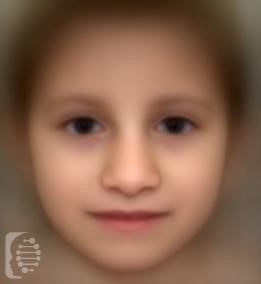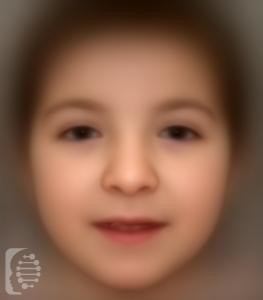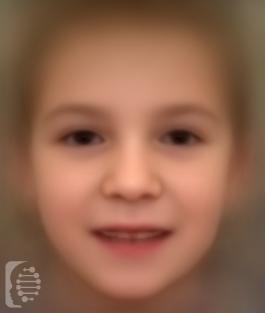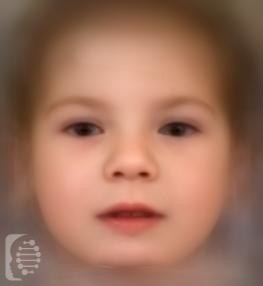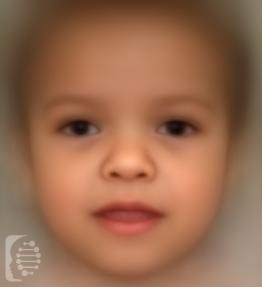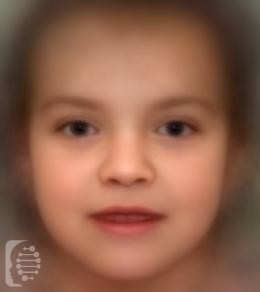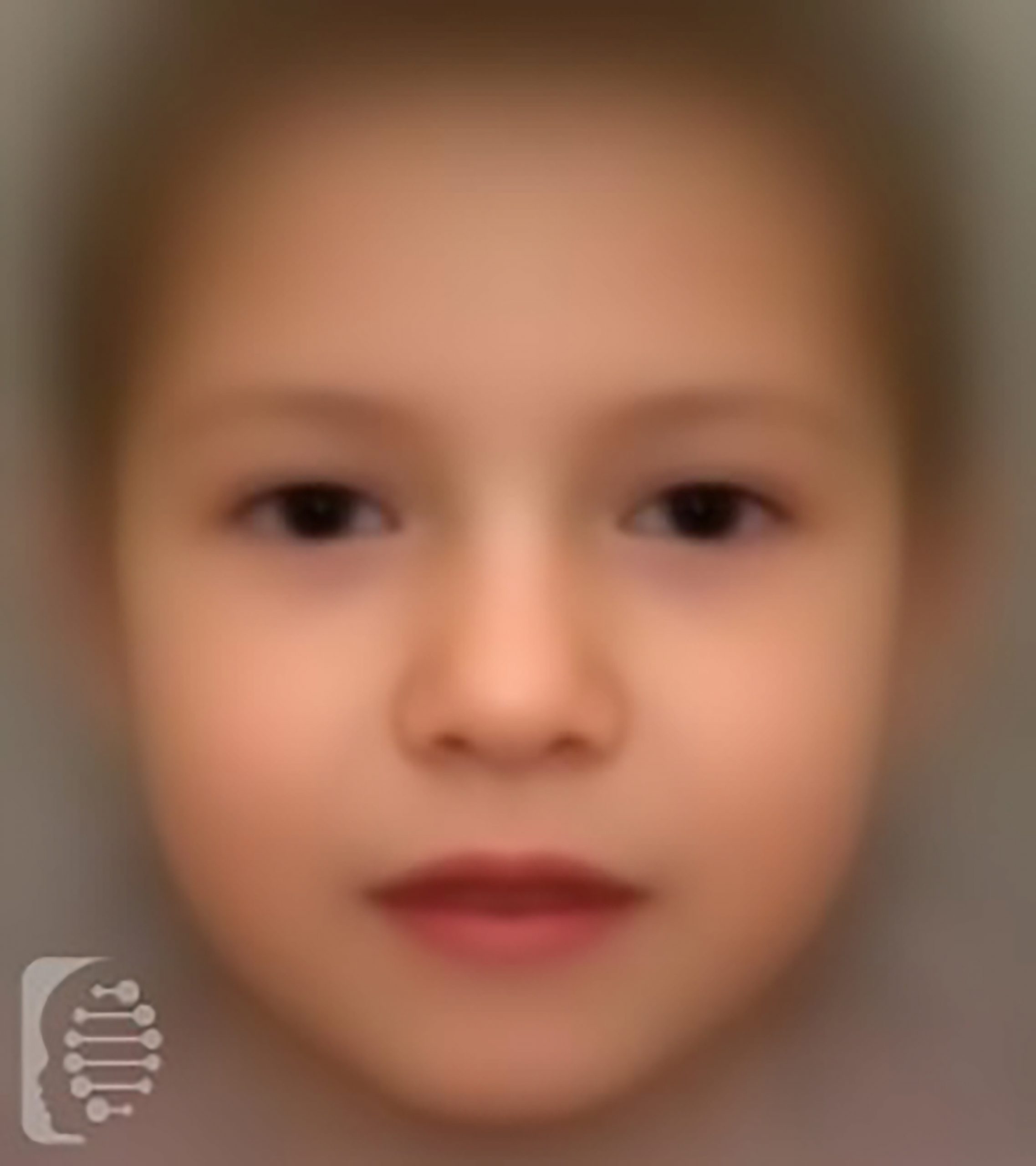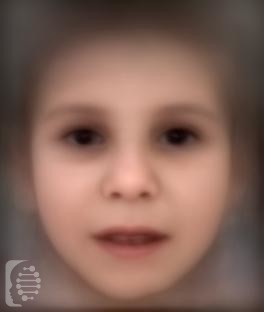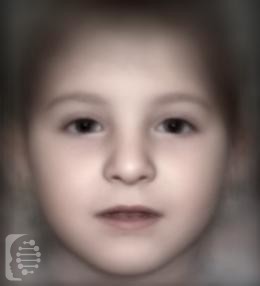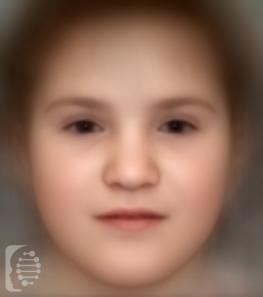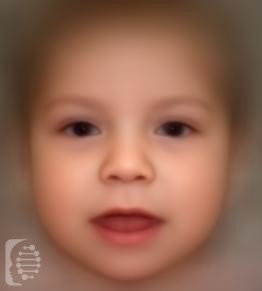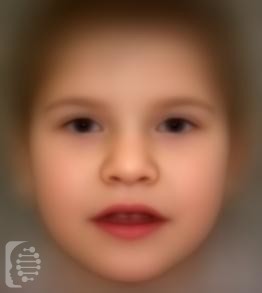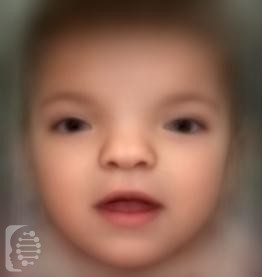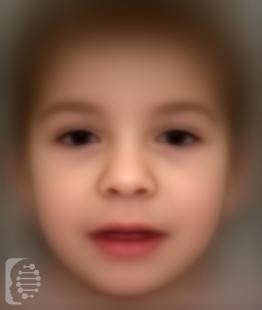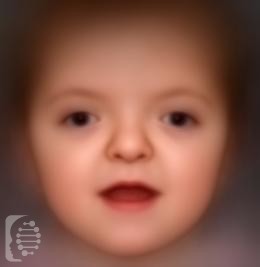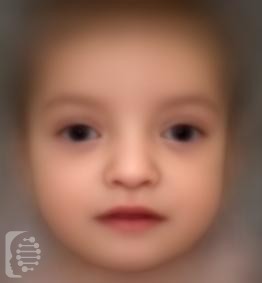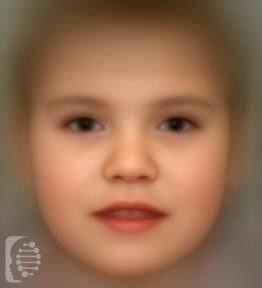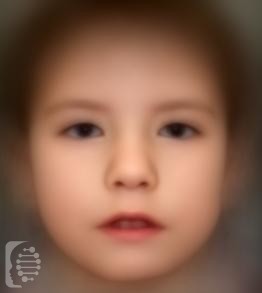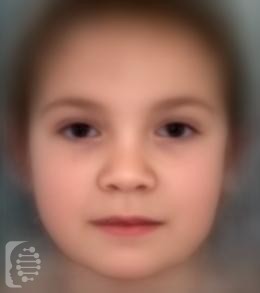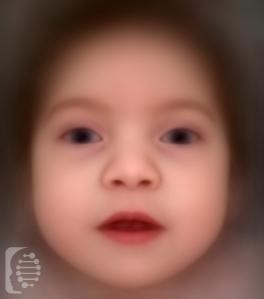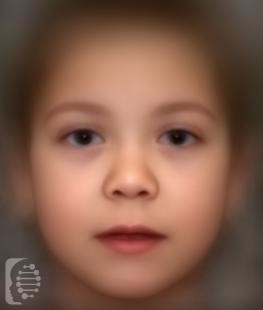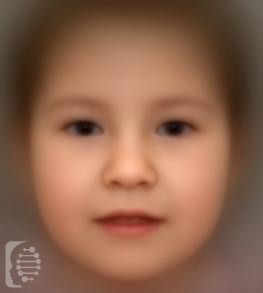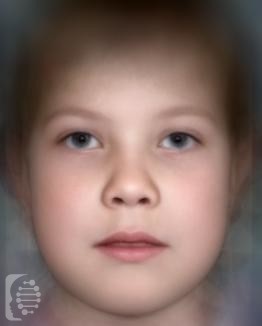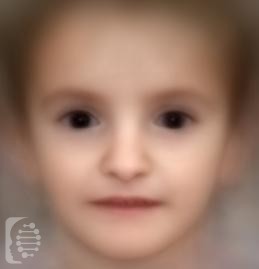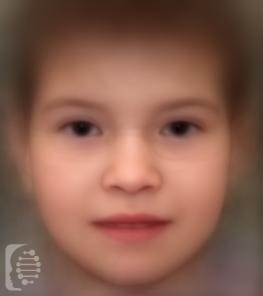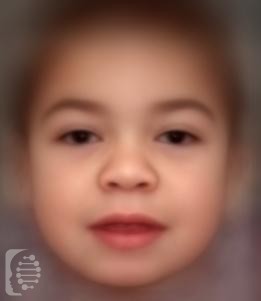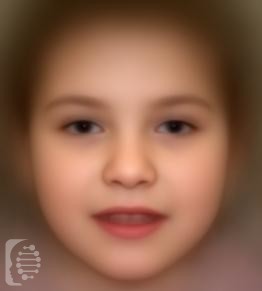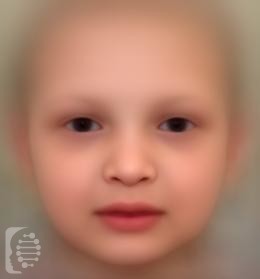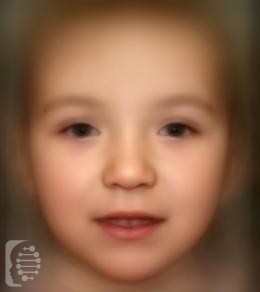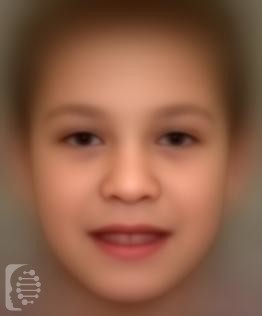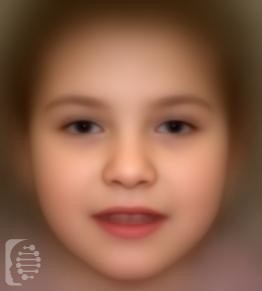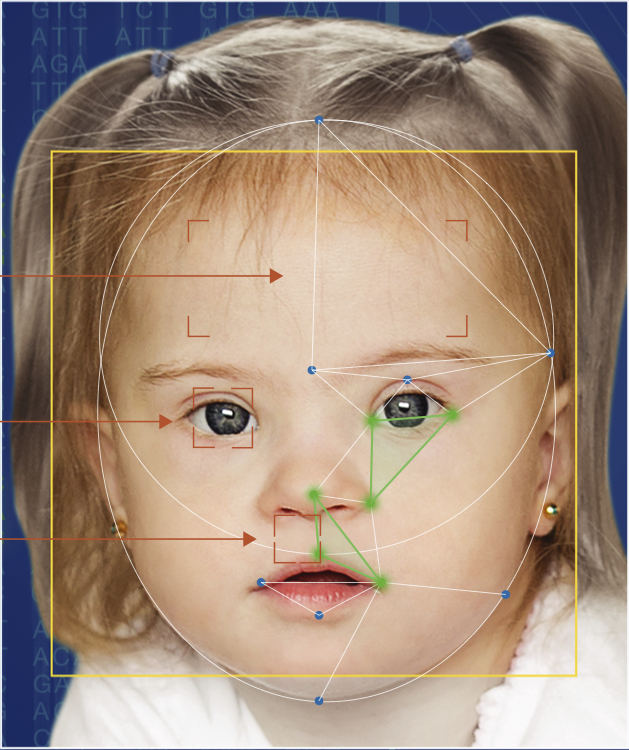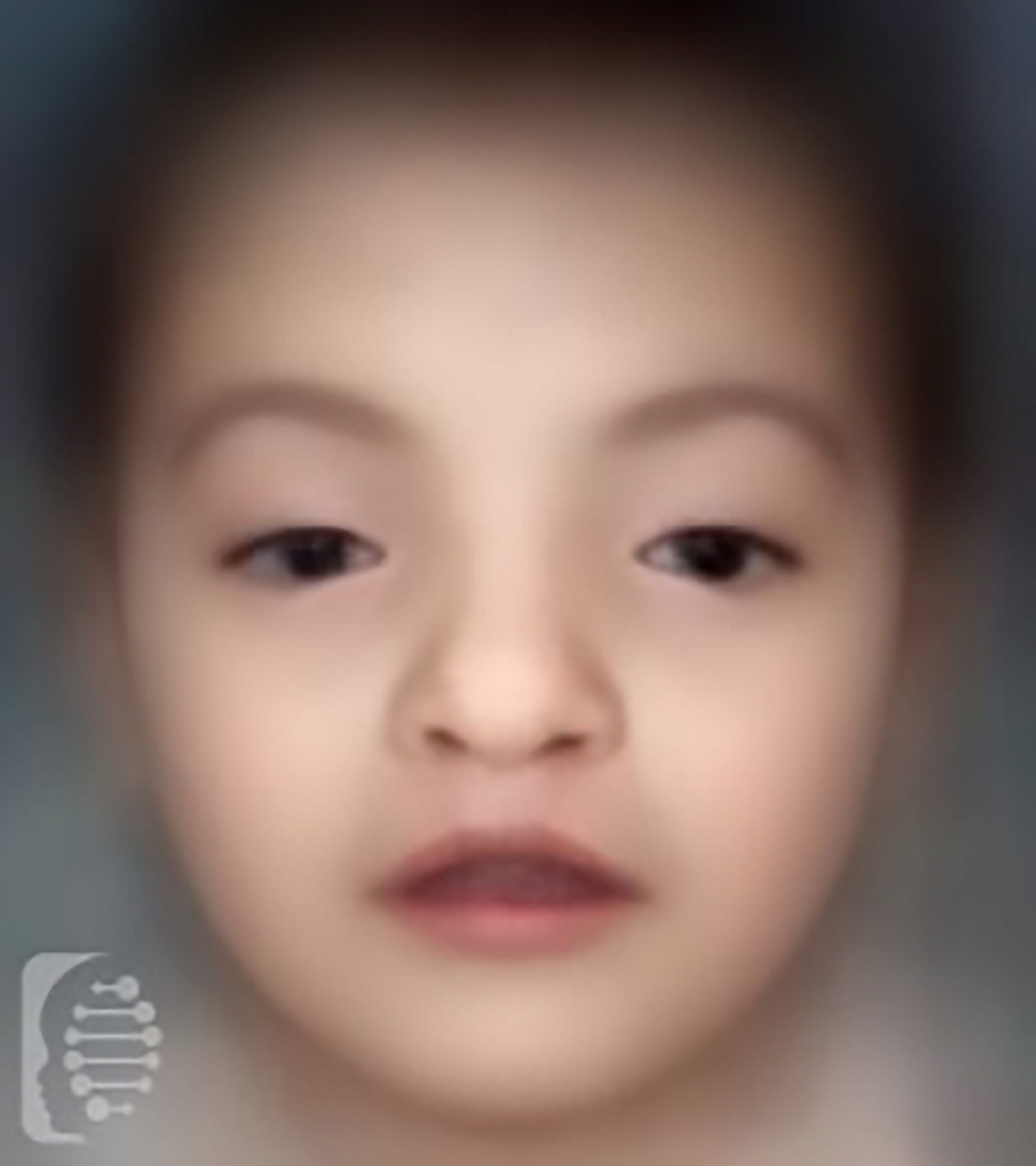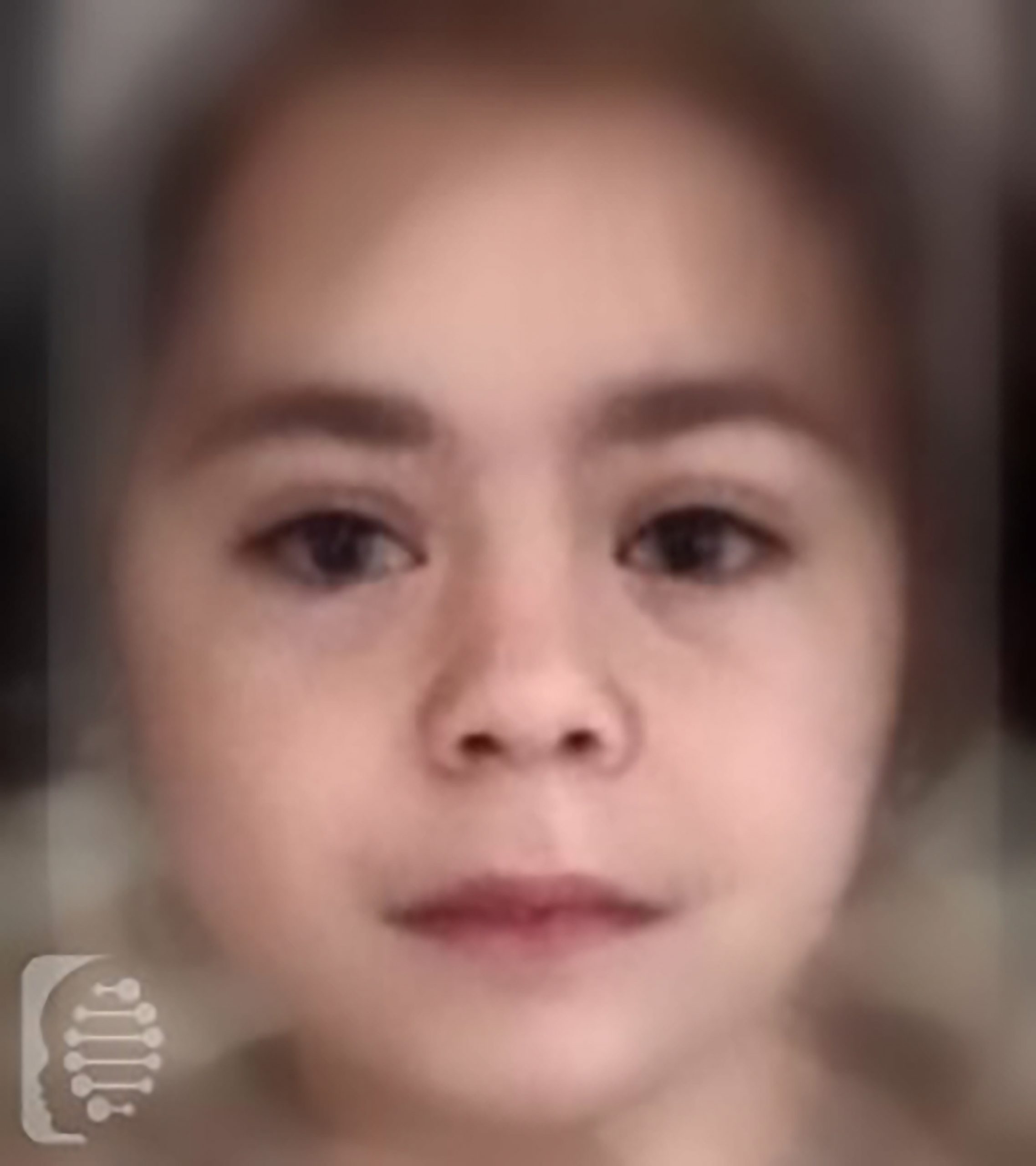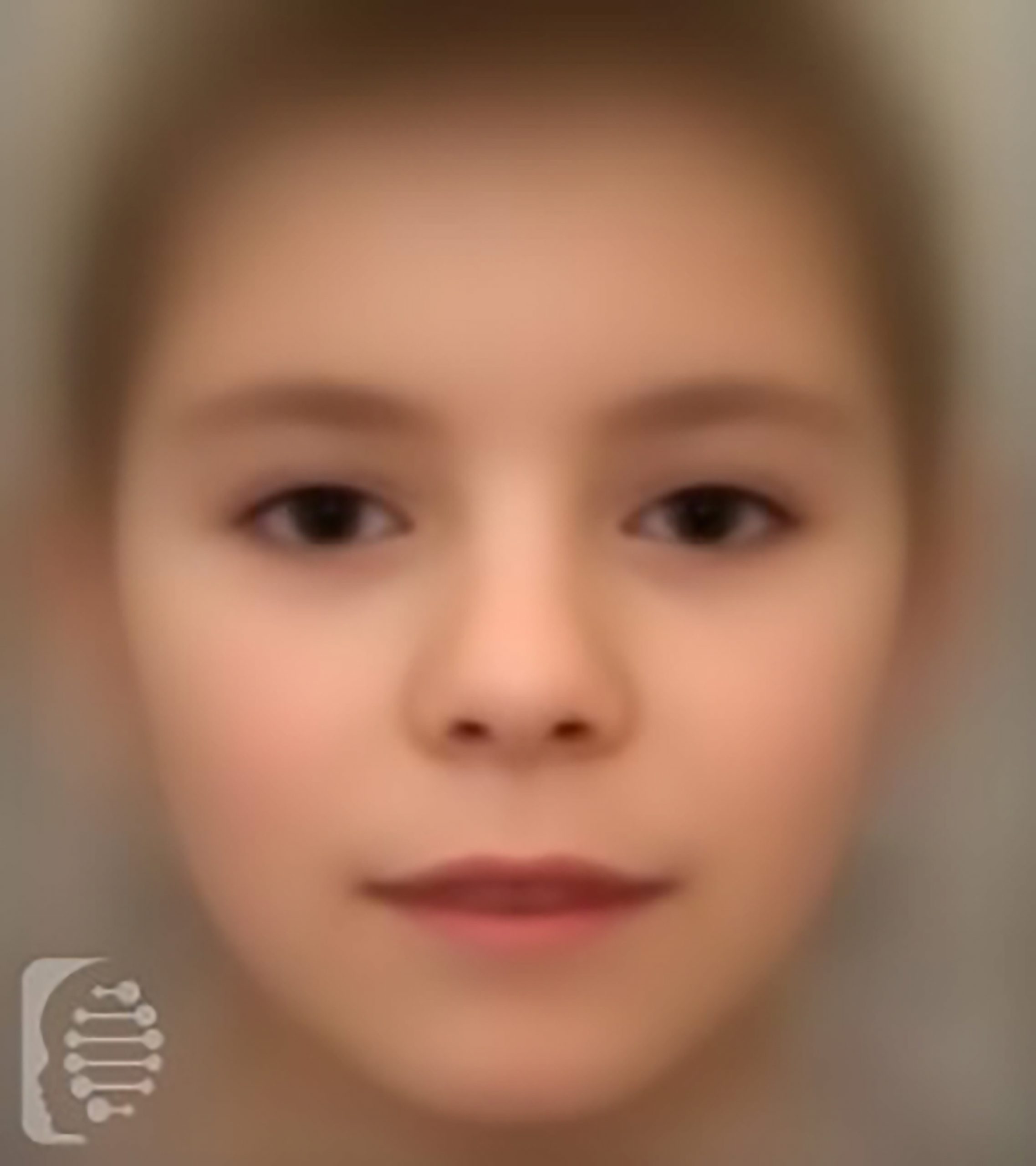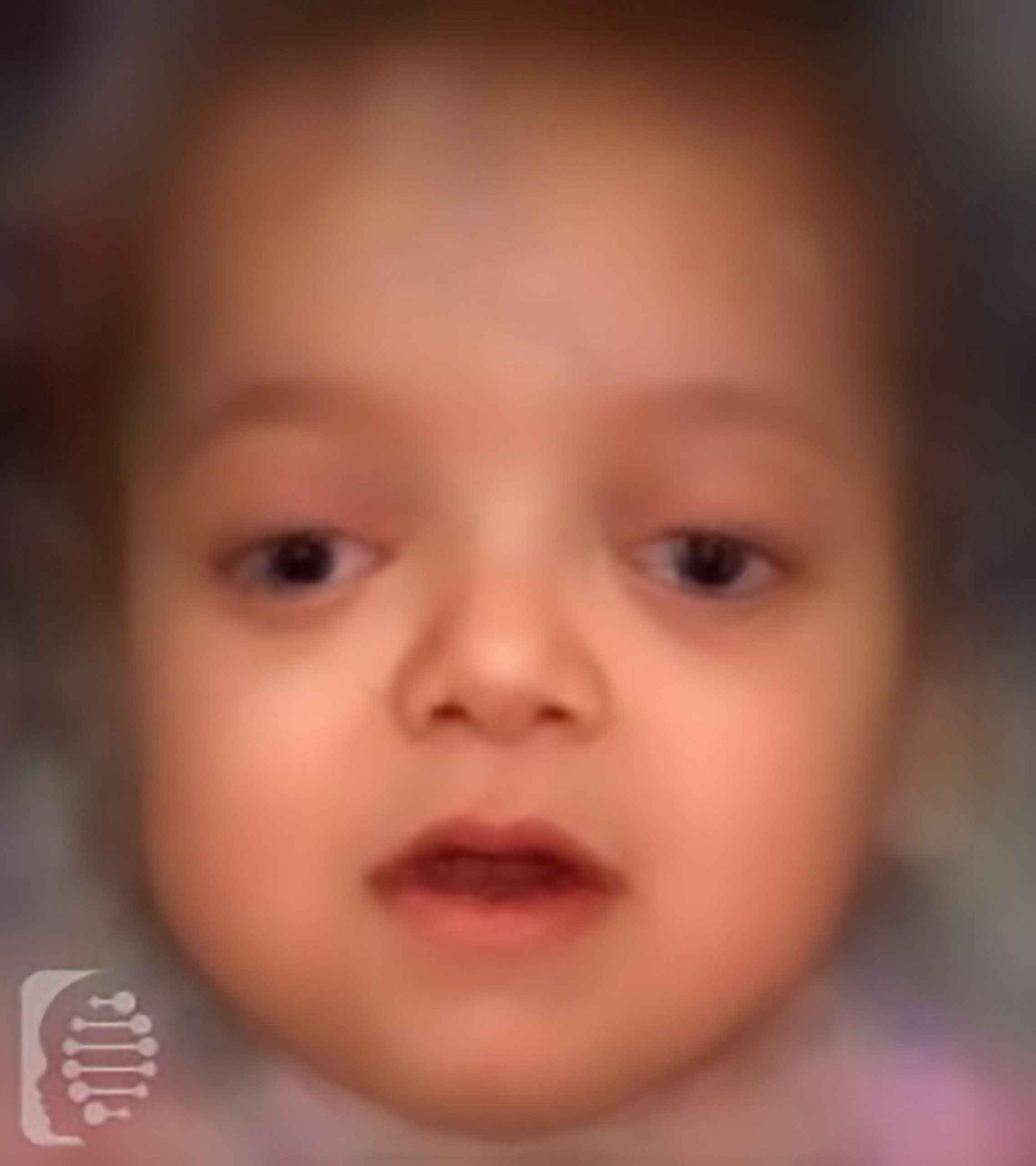Paula and Bobby
Parents of Lillie
Hip Dysplasia
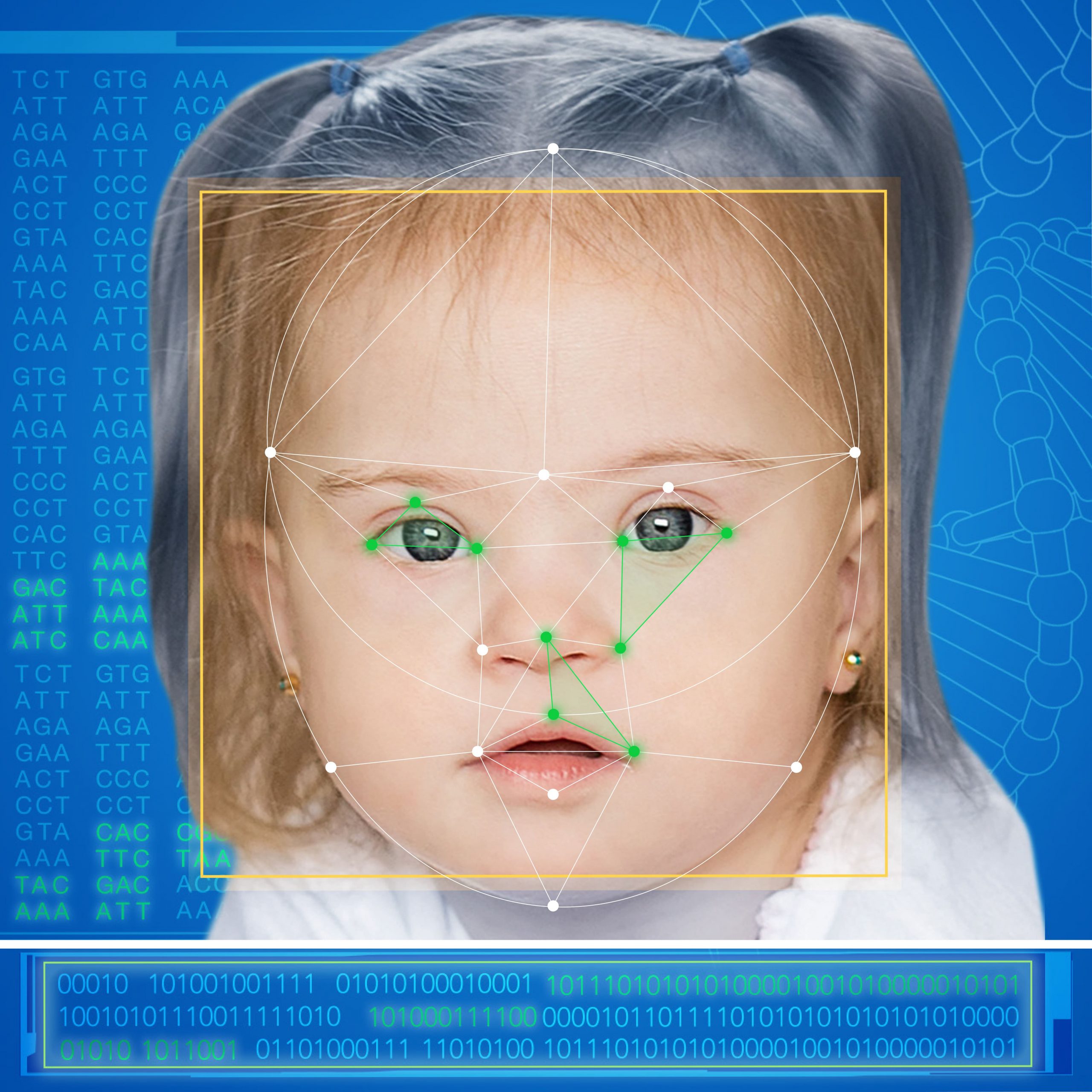
Understanding joint related symptoms and features.
Symptoms may affect multiple parts of the body. Understanding which part of the body a symptom affects, can help us to better understand the potential underlying causes of a symptom, including a rare disease or genetic syndrome.
Joints are a part of the musculoskeletal system of the body which also includes the bones of the skeleton, muscles, cartilage, tendons, ligaments and other connective tissue.
Joints are essentially where two or more bones meet to allow for movement.
Symptoms affecting the joints can not for the most part be seen with the naked eye. Diagnosing a joint related symptom may involve different tests and assessments, both subjective and objective.
Symptoms relating to the joints may affect the ability of an individual to function and move normally.
What is hip dysplasia?
Hip dysplasia is a developmental dysplasia of the hip. It's sometimes called congenital hip dislocation or developmental dysplasia of the hip.
With this condition, the hip joint does not form properly in infants and young children, the hip socket does not entirely cover the portion of the femur as is supposed to, therefore, the hip is partially or entirely dislocated. The hip joint is where the thigh bone attaches to the pelvis. One or both hips may be affected, but hip dysplasia is more common in the left hip. It is also more common in girls and firstborn children.
Untreated hip dysplasia may lead to difficulties later in life, including limping, hip pain (especially as a teen), stiff painful joints (osteoarthritis).
Early diagnosis and treatment can help most children to develop normally and have full range of hip and leg movement.
What should I do next?
In some instances, hip dysplasia may be one of the features of a rare disease or genetic syndrome. In this case fast, targeted genetic analysis can give you a more accurate diagnosis.
Synonyms:
Abnormal formation of the hip, congenital hip dysplasia, congenital hip dislocation, developmental dysplasia of the hip, DDH
HPO:
0001385
Optional syndromes:
Clarify any concerns you may have and get tested online today!
Schedule Your Online Meeting Now
Synonyms:
Abnormal formation of the hip, congenital hip dysplasia, congenital hip dislocation, developmental dysplasia of the hip, DDH
HPO:
-
0001385
FDNA™ Health can help you with the diagnostic journey.
Learn about child developmental delays: Causes, Symptoms, and Therapies.
Don't wait years for a diagnosis. Act now and save valuable time.
Explore the most detected symptoms in our system (numbers are global and based on the data from 120 countries):
What is FDNA Health?
With the largest global database and a leading decision-support tool using AI, FDNA™ Health enables patients and their families to better understand symptoms and conditions with the goal of shortening the time to diagnosis.
Benefits of FDNA Health
Save valuable time by
learning about possible conditions
and report to your clinician
Advanced AI technology
and leading worldwide clinicians
shortening time to diagnosis
Looking for answers?
Worried about child development?
We are here to help you!
